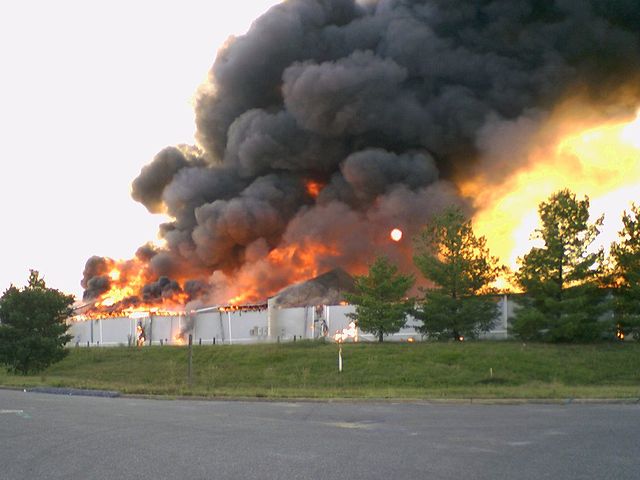Inspection checklists play a vital role in workplace safety, but many people tend to think of them as only for inspecting commercial equipment and vehicles.
In actuality, you can use inspection checklists in many ways to create a safer work environment. Inspection checklists are fundamental components of checking processes and facilities as much as they are for inspecting individual vehicles or pieces of equipment.
 An example is using a checklist to keep your business facilities as protected as possible against fire and its costly consequences. Beyond the obvious—ensuring fire protection systems are in place and operational—it’s important to keep facilities clean of debris and clutter. Not only does a messy workplace increase the amount of combustible material in the facility, it could potentially impede people from getting out of the building in case of a fire.
An example is using a checklist to keep your business facilities as protected as possible against fire and its costly consequences. Beyond the obvious—ensuring fire protection systems are in place and operational—it’s important to keep facilities clean of debris and clutter. Not only does a messy workplace increase the amount of combustible material in the facility, it could potentially impede people from getting out of the building in case of a fire.
There are many things to check, and a checklist allows personnel to move through the items much quicker, without the danger of forgetting a critical item.
The items to be checked will of course vary from business to business and industry to industry. However, there are some common basic items that should be on every checklist for fire safety:
- Are smoke alarms, fire extinguishers, sprinkler systems, and other fire-protection equipment in working order?
- Are hazardous and combustible materials properly sealed and stored?
- If hazardous and combustible materials are in the building, is the building adequately ventilated?
- Has all combustible waste (e.g., wood, oily rags, paper) been removed from the building?
- Are walkways free of trash, debris, equipment, products, etc.?
- Are floors clean, without a build-up of trash such as waste paper?
- Are all surfaces, including ceilings and hidden spaces, dust-free?
- Is waste stored outside the building kept in non-combustible containers located in a designated area a reasonable distance from buildings?
- Are there weeds or long grass that need to be removed from around combustible materials stored on the exterior grounds?
These items are a start, but to be effective, your checklist needs to include every exact item that needs to be checked, presented in the logical order that they would be checked. That means your checklist needs to be customized expressly for your facility. In particular, operations involving combustible and hazardous materials will need clear, operation-specific detail.
That’s where The Checker can help. Our cloud-based software for use on mobile devices is easily customizable to include precisely the specific items for your specific facility.
But regardless of whether you use our solution to make the process more efficient and effective, you should do something! Fire and its consequences can be devastating to businesses—particularly small businesses—and the simple process of checking critical items can significantly reduce the risk.
Takeaway
You can use inspection checklists to ensure that personnel are taking all necessary steps to minimize the risk of fire at your facilities.
Image courtesty of Ben Schumin, Creative Commons.











